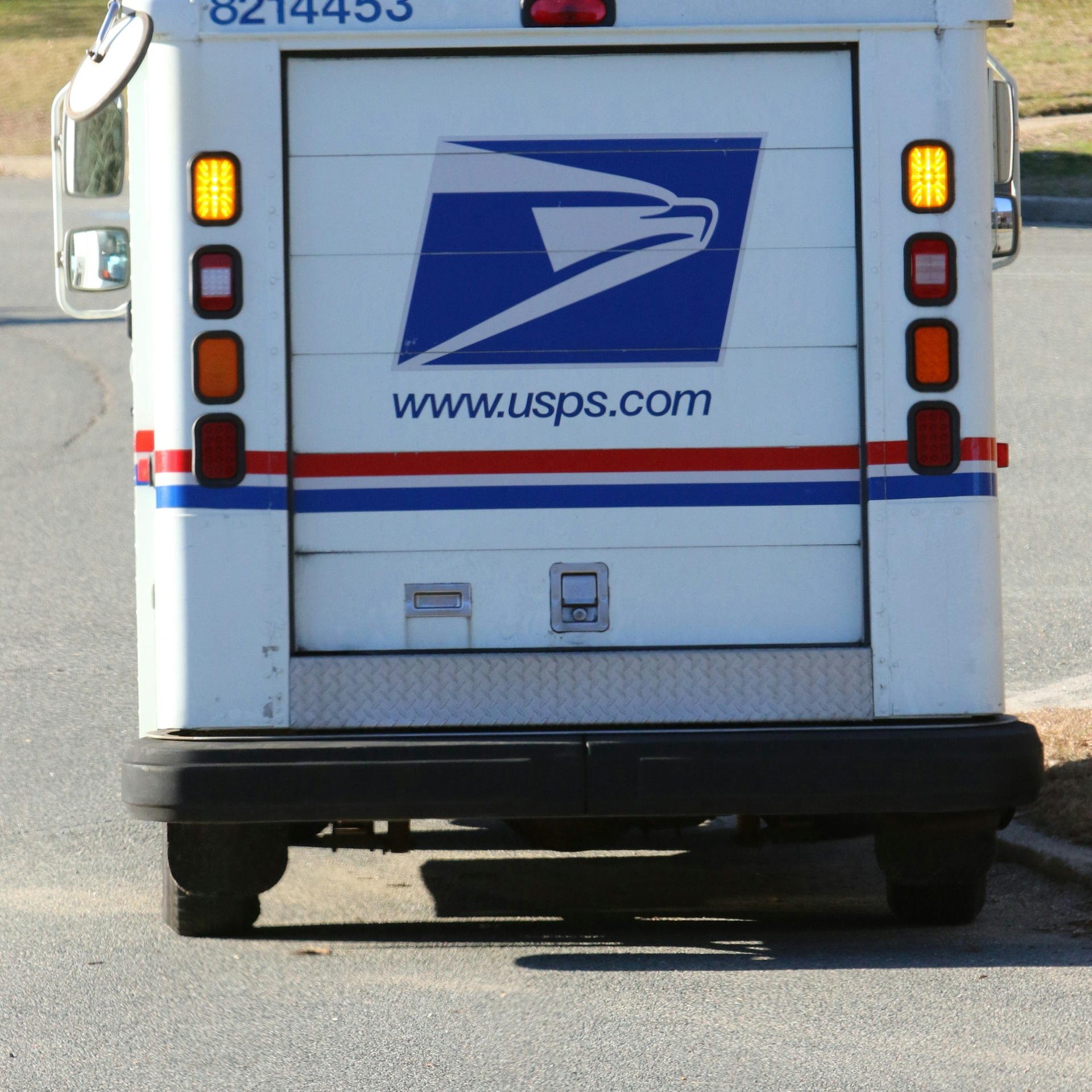Key Takeaways:
-
PSHB Open Season Timeline: Open Season for PSHB runs from November 11 to December 9, 2024, offering postal workers and retirees a once-a-year opportunity to make vital changes to their health coverage.
-
Know Your Options: Reviewing available PSHB plans is essential to ensure coverage meets your needs, especially if you’re Medicare-eligible, retired, or have specific health requirements.
What’s Open Season and Why Does It Matter?
Open Season is a critical period each year when you get to make decisions about your health benefits. Think of it as a chance to fine-tune your healthcare coverage to better fit your situation. For Postal Service employees and retirees, Open Season 2024 (from November 11 to December 9) marks an especially significant shift with the introduction of the Postal Service Health Benefits (PSHB) program.
This year’s Open Season isn’t just about selecting a new plan – it’s about understanding the PSHB program and ensuring that the transition goes smoothly. For many, especially those familiar with the Federal Employees Health Benefits (FEHB) system, the PSHB will feel both familiar and new.
Let’s dive into the main points to keep in mind and how to make the most of Open Season this year.
What is PSHB, and How is it Different from FEHB?
The Postal Service Health Benefits program is specifically designed for Postal Service employees, annuitants, and their families, separating postal workers from the broader FEHB system. While PSHB shares similarities with FEHB, such as types of plan options and healthcare provider networks, it is now a program uniquely focused on the Postal Service community.
This separation brings tailored benefits and options that may better address the needs of postal employees, retirees, and their eligible dependents. A key difference this year is automatic enrollment for those currently in FEHB, meaning your current plan will transition into a corresponding PSHB plan unless you choose otherwise.
Why Review Your Options?
Automatic enrollment is convenient but may not fully align with your current healthcare needs. Reviewing the available plans ensures that your coverage aligns with your medical requirements and budget. Some new features include potential cost savings or coverage that might be better suited to your family’s health needs. If you’re Medicare-eligible or have dependents with unique health considerations, you might want to explore other PSHB plans during Open Season.
Important PSHB Enrollment Dates
Here are the main dates you need to mark on your calendar:
- Open Season Dates: November 11 – December 9, 2024
- Changes Effective Date: January 1, 2025
During this window, you can select a new PSHB plan, make adjustments to your current coverage, or enroll dependents. Any selections or changes you make will take effect starting January 1, 2025. If you miss this period, you might need to wait until the next Open Season to make changes unless you qualify for a Special Enrollment Period due to specific life events.
Medicare and PSHB: Essential Information for Postal Annuitants
The introduction of the PSHB program comes with new considerations for Medicare-eligible retirees and their families. If you’re already enrolled in Medicare Part B, great news—your transition to PSHB should be smooth. However, for those newly reaching Medicare eligibility, joining Part B becomes essential to keep PSHB coverage.
For Medicare-eligible retirees who enrolled in Part B by January 1, 2025, this requirement is waived, so you won’t need to make any extra adjustments. If you’re eligible but haven’t yet enrolled in Part B, this may be the right time to consider it, as it could impact your PSHB eligibility.
Understanding Your Coverage Options: Dive into the Plan Types
PSHB plans come in several types, similar to what you might have seen in FEHB:
-
Health Maintenance Organization (HMO): HMOs typically require that you choose a primary care physician and get referrals for specialists. They’re good if you prefer a managed care approach and want to keep costs predictable.
-
Preferred Provider Organization (PPO): PPOs provide flexibility, allowing you to see both in-network and out-of-network providers. This option can be ideal if you want the freedom to choose your specialists or frequently see providers outside your local network.
-
High-Deductible Health Plans (HDHP): HDHPs come with higher deductibles but lower monthly premiums. They often include a Health Savings Account (HSA), where you can save pre-tax dollars for medical expenses. If you’re generally healthy and want lower premiums, an HDHP could be worth exploring.
Planning for 2025: Key Costs and Coverage Considerations
Monthly Premiums
With the PSHB, monthly premiums will vary depending on your plan choice and coverage level. While premiums have risen recently, the PSHB program has options designed to help mitigate higher costs. Be sure to evaluate each plan’s monthly premium to ensure it aligns with your budget.
Deductibles
PSHB plans will offer varying deductible levels, similar to FEHB. Whether you opt for a low or high-deductible plan, consider your usual healthcare needs. If you foresee regular doctor visits or prescription medications, a lower-deductible plan may be worth the higher monthly premium. For those who generally use fewer health services, a high-deductible plan might offer greater savings.
Out-of-Pocket Maximums
Each PSHB plan will include an out-of-pocket maximum, capping the amount you pay in a year. Knowing this cap is essential for managing potential healthcare expenses. Choose a plan that aligns with your risk tolerance and financial situation, as a lower out-of-pocket maximum can provide more security in a high-usage year.
Special Enrollment Periods: When Can You Make Changes Outside Open Season?
Certain life events can qualify you for a Special Enrollment Period, allowing you to make changes to your PSHB plan outside of Open Season. Here are a few examples:
- Marriage or Divorce: Adding or removing a spouse may require a change in coverage.
- Birth or Adoption of a Child: Welcoming a new child into your family allows for adjustments in your plan to accommodate their healthcare needs.
- Relocation: Moving out of your plan’s service area might also qualify you for a Special Enrollment Period.
Always report these changes promptly to avoid any coverage gaps or issues with your benefits.
What If You Miss Open Season?
If you miss the Open Season window, your options to make changes will be limited until the next enrollment period. The exception to this rule is if you experience one of the life events that qualify you for a Special Enrollment Period. If no life event applies, your current PSHB plan will remain in effect until the next Open Season.
Make it a priority to review your PSHB options during Open Season to avoid any last-minute changes or unanticipated coverage surprises.
Preparing for PSHB Open Season: Practical Steps to Take
1. Review Your Current Healthcare Usage
Take a look at how often you visit the doctor, your prescription costs, and any specialists you might need. Reviewing this information will help guide you in selecting a plan that meets your needs without adding unnecessary costs.
2. Compare Plan Options Carefully
Even if you’re content with your current coverage, it’s a good idea to compare it with other PSHB options available. Look for changes in deductibles, out-of-pocket maximums, and provider networks that may better suit your current situation.
3. Plan for Dependents and Medicare Integration
If you have family members or are considering adding Medicare Part B, plan accordingly. Many PSHB plans coordinate well with Medicare, especially for those with higher healthcare needs.
4. Get Informed About the Benefits
PSHB offers a variety of health plans. Reading through plan details can reveal unexpected benefits, like wellness programs, telemedicine, or prescription discounts, that might make one plan more advantageous than another.
Making an Informed Decision for a Healthier Year
The PSHB Open Season is an opportunity to align your health coverage with your needs and those of your family. This new program brings more options and flexibility tailored for postal workers and retirees, making it an ideal time to carefully review your choices and make the most of the upcoming benefits year.













